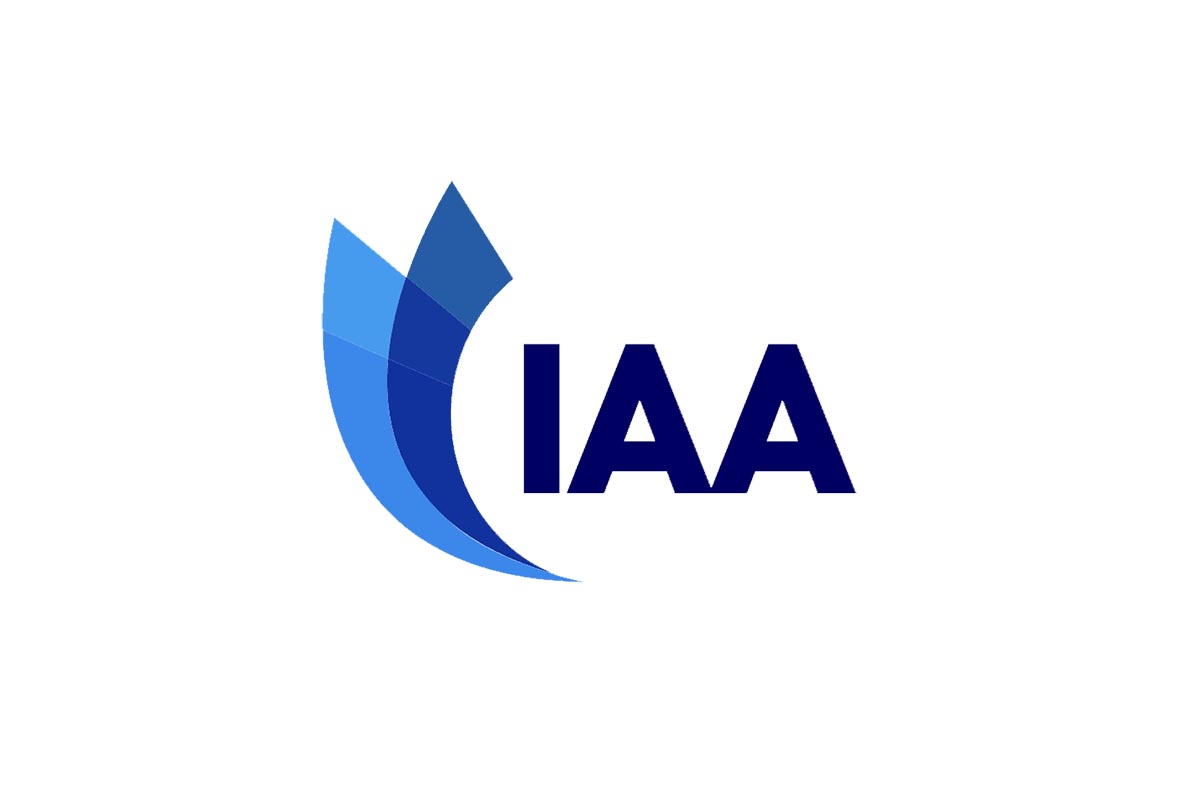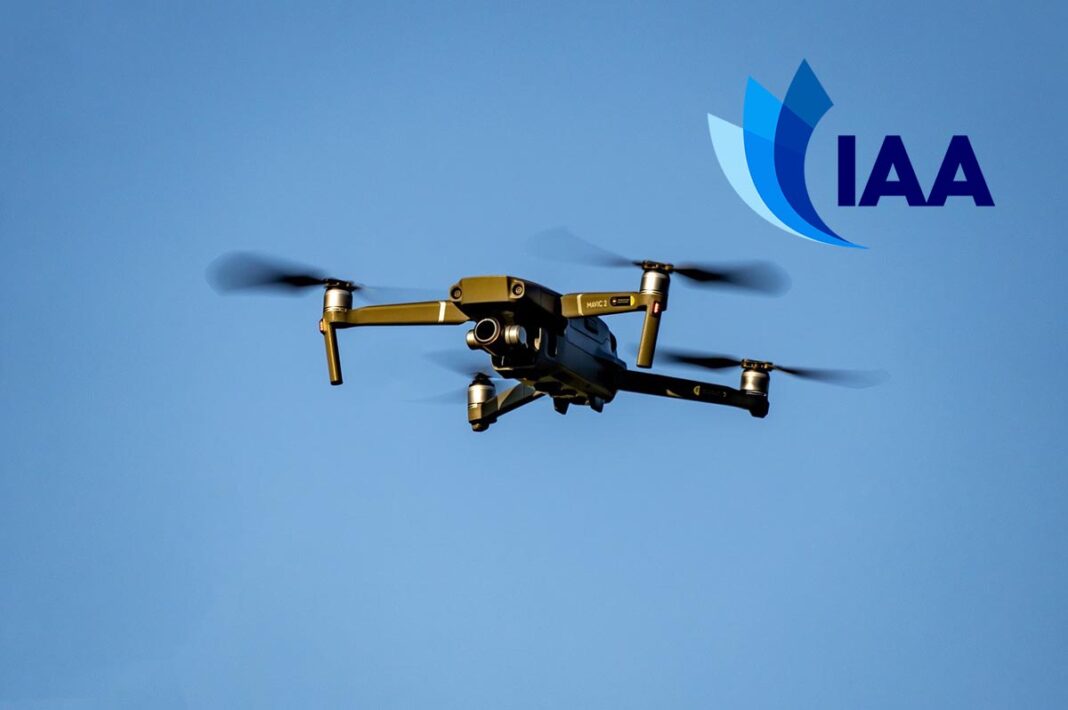The Irish Aviation Authority (IAA) is encouraging the public and relevant authorities to use Direct Remote Identification for Drones (Remote ID) to report on potentially unsafe use of drones in Ireland.
Drones have revolutionised industries from photography to emergency response. However, as their use grows, ensuring accountability and safety is more critical than ever. This is where Remote ID comes into play—a technology that significantly enhances public awareness by providing real-time identification of drones in flight.
Remote ID acts as a ‘digital license plate’ for drones. It transmits identifying information, such as the drone operator’s registration number, the drone’s location, height and flight path, as well as the remote pilot’s location, making it visible to authorities and nearby individuals. This transparency ensures responsible drone use and helps prevent unauthorised flights.
Anyone operating a drone with a camera or weighing over 250 grams, except for toy drones, must register with the IAA. They are then required to both clearly display their registration number on their drone and upload it onto the drone’s Direct Remote ID. Remote ID broadcasts essential information, including the operator registration number, the drone’s serial number, current location, elevation, speed, and the location of the remote pilot or take-off point. This information can be captured by any smart phone in range over Wi-Fi or Bluetooth, using several freely available apps, for example DroneScanner, OpenDroneID and Air Sentinel among a range of others.
Members of the public who believe a drone is operating illegally should report their concerns to either An Garda Síochána or the IAA. The IAA has a public safety reporting portal for drone occurrences – iaa.ie/dronealert
Jim Gavin, Chief Operations Officer for the Irish Aviation Authority commented on Direct Remote ID: “Safety is our number one priority at the Irish Aviation Authority, and we believe that Drone Remote Identification is a game-changer for public safety and privacy, by providing drone identification and location information, ensuring accountability while allowing drones to operate safely and legally.
As technology advances, Remote ID will continue to play a crucial role in securing our airspace and enhancing safety for all. We the now widespread use of smartphone apps, we hope this can pave the way for safer skies and reduce the incidence of illegal and irresponsible drone use.
So, if you see drones flying recklessly or potentially creating a public safety concern, we encourage you to report it to the authorities. We are here to help and will investigate all illegal drone use.”

Societal acceptance surveys, carried out by both EASA and Dublin City Council, have shown privacy as one of the top concerns for the public. Remote ID allows members of the public, identify drones flying near their properties, ensuring accountability and deterring misuse.
A camera on a drone is no different than a camera on a phone, doorbell, or dashcam, when it comes to privacy as protected under the General Data Protection Regulation and national legislation. Operators should respect a person’s reasonable expectation to privacy. . The Data Protection Commission have published Guidance on the Use of Drones.
With respect to noise, all CE marked drones have specific noise limitations. E.G. a C1 (<900g) UAS, such as the DJI Air 3, is 85 db. For practical comparison, the national noise limit on car exhausts is 99 db. The IAA will continue to work with state & local authorities as well as international agencies in developing guidelines and regulation drone around noise.
Further detailed information can be found at – iaa.ie/drones.
